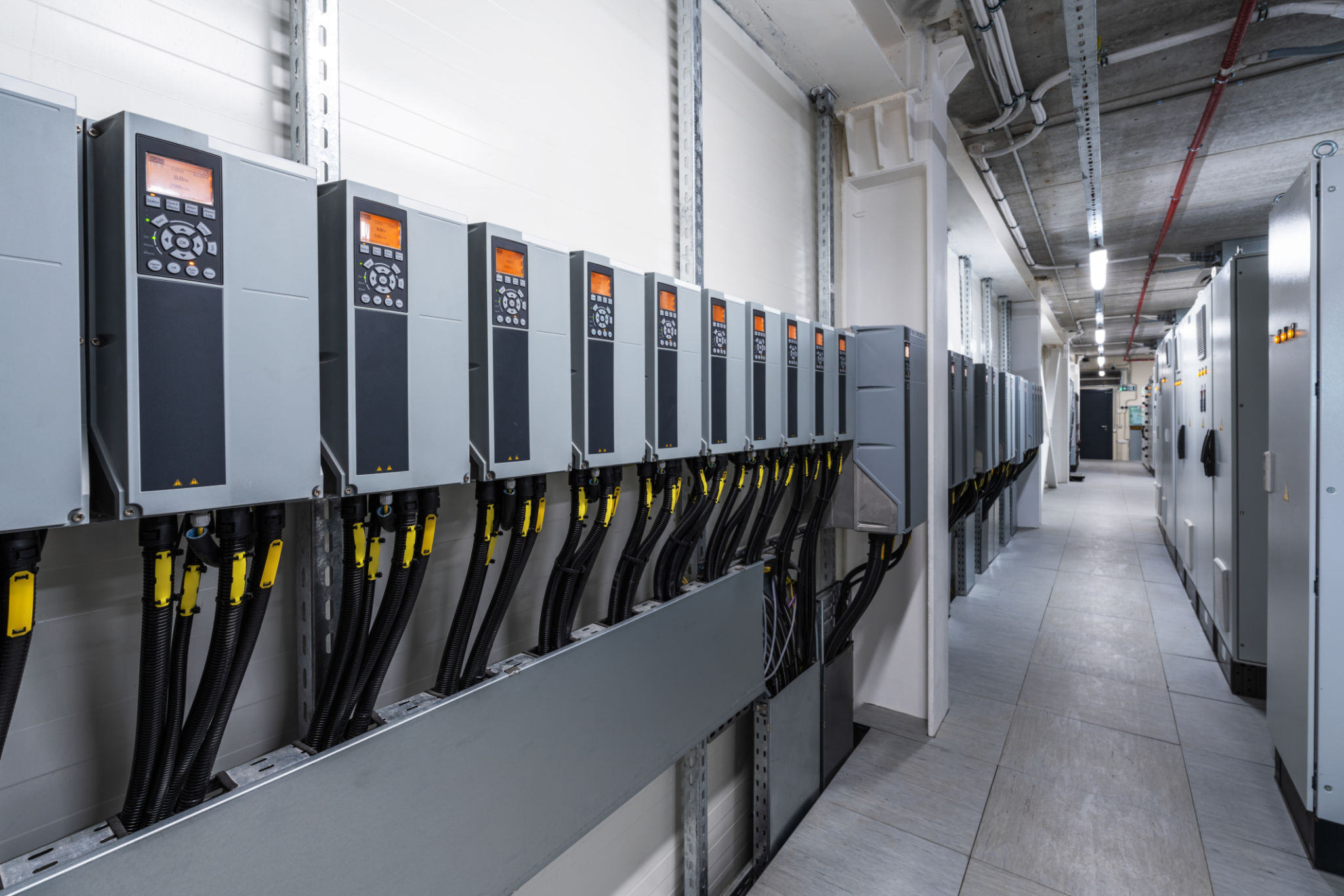Myth-Busting: Are Automated Safety Systems Worth the Investment?
Understanding Automated Safety Systems
As technology continues to advance, businesses are increasingly integrating automated safety systems into their operations. These systems, designed to enhance safety and efficiency, have become a focal point of discussion. Yet, the question remains: are these systems worth the investment? Let's delve into the myths and realities surrounding automated safety systems.

Myth: Automated Safety Systems Are Too Expensive
One of the most common myths is that automated safety systems are prohibitively expensive. While the initial investment might seem steep, it's crucial to consider the long-term savings. These systems can significantly reduce the likelihood of accidents, which in turn decreases costs associated with injuries, legal fees, and equipment repairs. Over time, the return on investment can outweigh the initial expenditure.
Furthermore, many industry experts highlight that the cost of implementing these systems has been decreasing with technological advancements. As adoption rates increase, the economies of scale come into play, making these solutions more accessible to businesses of all sizes.
Reality: Enhanced Safety and Compliance
Another important aspect to consider is the enhancement of workplace safety and compliance. Automated systems are designed to perform tasks with precision, reducing human error. This improvement in accuracy not only protects employees but also ensures compliance with stringent safety regulations. Businesses that adopt these technologies often report a safer working environment and fewer compliance issues.

Moreover, having automated safety measures in place can be a major advantage during audits or inspections. Companies that consistently meet or exceed safety standards can avoid potential fines and maintain a positive reputation in their industry.
Myth: Automation Replaces Human Jobs
A prevalent concern is that automation leads to job loss. However, this perspective overlooks the fact that automated safety systems often complement human roles rather than replace them. By handling repetitive or hazardous tasks, these systems allow employees to focus on more strategic and creative aspects of their work.
In many cases, automation creates new opportunities for upskilling and reskilling, enabling workers to transition into roles that require oversight, maintenance, and optimization of these systems. This shift can lead to higher job satisfaction and career growth.

Reality: Improved Efficiency and Productivity
Automated safety systems are designed not only to protect but also to enhance efficiency and productivity. By minimizing downtime and optimizing processes, these systems ensure that operations run smoothly. This improved efficiency can lead to increased output and profitability for businesses.
In addition, the data collected by automated systems can provide valuable insights into operational performance. Companies can use this information to make informed decisions, further driving innovation and growth.
Conclusion: Weighing the Investment
While the decision to invest in automated safety systems should be made carefully, it's clear that these technologies offer numerous benefits. From enhanced safety and compliance to improved efficiency and productivity, the advantages often justify the investment. As businesses continue to navigate an increasingly complex landscape, embracing automation could be a strategic move towards sustainable growth and development.